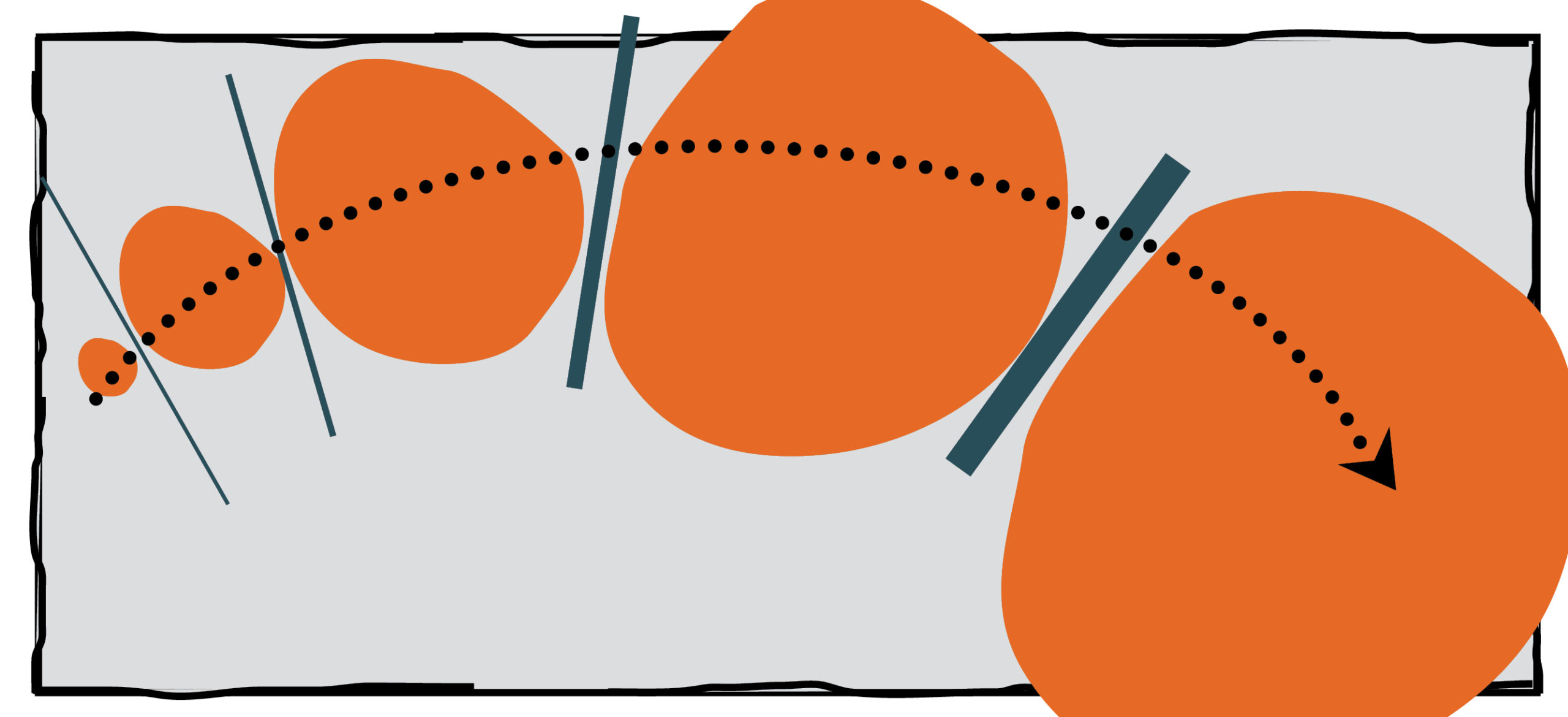Using Cascades for Analyzing and Understanding the Success of Tuberculosis Programs
A best practice in facilitating tuberculosis (TB) data analysis and use is the cascade method for finding gaps in programs. Cascades quantify, track, and visualize how health and development programs are performing for the target population at progressive stages toward an expected outcome. They reveal weaknesses at stages of TB control and help program and project managers recognize unacceptable variations among different disaggregation levels and refine targeted TB activities for implementation. Ersin Topcuoglu, MD, MPH, explains.

